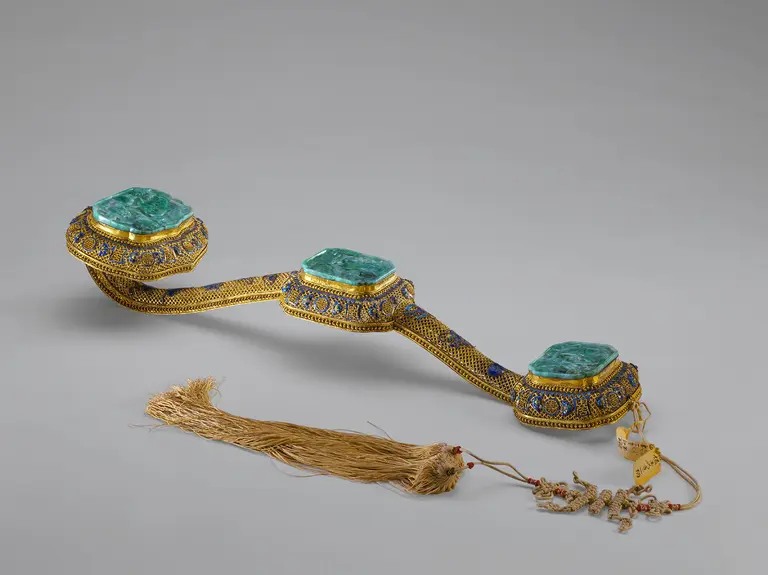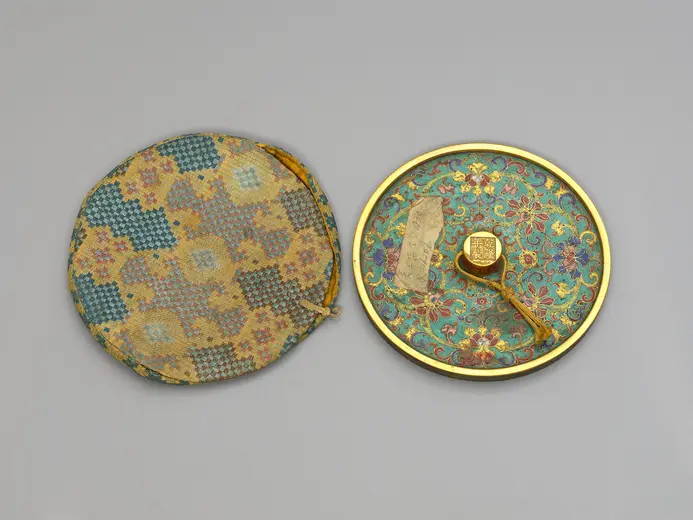Focusing on the theme ‘Harmony in Diversity’,
the exhibition explores the remarkable achievements of eighteenth-century Chinese court art and craftsmanship. The artistic philosophy of the time emphasized both aesthetic effect and symbolic meaning while aspiring to the highest standards of workmanship. The artworks – ranging from jade, porcelain, lacquerware, and enamel objects to clocks – illustrate the Chinese court’s aesthetic principle of ‘using objects to convey meaning’ through categories such as scholarly, decorative, and functional works of art.
‘happiness and blessing’

The centrepiece of the exhibition – a gilt-bronze filigree ruyi sceptre with jade inlay – demonstrates not only the exquisite craftsmanship of Chinese filigree work but also carries the auspicious meaning of ‘happiness and blessing’. The exhibition celebrates the 55th anniversary of the establishment of diplomatic relations between China and Austria in 2026.
Address
Kunstkammer, Hochparterre
Maria-Theresien-Platz, 1010 Vienna
Google Maps
Opening times
Open Daily, 10 a.m. – 6 p.m.
Thu, 10 a.m. - 9 p.m.




